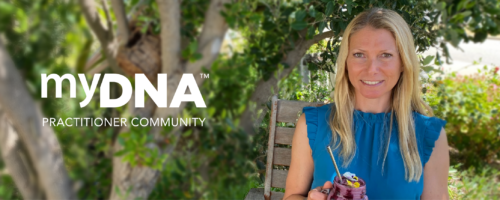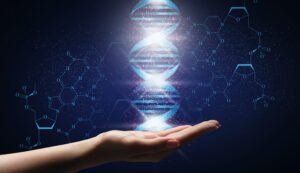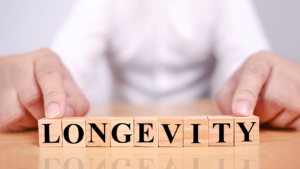Bone health is fundamental to overall well-being, with strong bones being vital for mobility, strength, and reducing the risk of fractures and osteoporosis. Genetics play a crucial role in determining bone density, strength, and mineralization. This guide explores the genetic pathways that influence bone health, highlights key Single Nucleotide Polymorphisms (SNPs), and provides actionable recommendations to enhance patient care.
Pathways & Major Influences
Bone health is shaped by the interaction of genetic and environmental factors. By understanding key genetic pathways, practitioners can offer personalized strategies to optimize bone strength and reduce the risk of bone-related conditions.
Vitamin D Metabolism
Vitamin D is critical for calcium absorption and bone mineralization. Several genes impact the synthesis, activation, transport, and cellular response to vitamin D:
- CYP27B1: Encodes the enzyme that activates vitamin D. Variants may reduce calcium absorption.
- CYP2R1 and DHCR7: Regulate vitamin D synthesis in the skin. Variants can impair the production of vitamin D despite adequate sun exposure.
- GC (Group-Specific Component): Encodes vitamin D-binding protein. The rs2282679 SNP influences the transport and availability of vitamin D, affecting its biological activity.
- VDR (Vitamin D Receptor): Polymorphisms, such as VDR-FOK1, affect the cellular response to vitamin D, influencing bone density and fracture risk.
Collagen Formation
Collagen is a fundamental protein in bone structure. The COL1A1 gene regulates collagen quality, and certain variants may weaken bone tissue, increasing the risk of fractures.
Hormonal Influences
Hormonal regulation, particularly estrogen, is essential for maintaining bone density. Variants in the ESR2 gene, which encodes the estrogen receptor beta, can affect bone remodeling and predispose individuals to reduced bone density, especially in postmenopausal women.
Main SNPs and Practical Applications
- Supporting Vitamin D Metabolism
- CYP27B1, CYP2R1, DHCR7: Recommend consistent vitamin D supplementation (e.g., D3) for individuals with variants impairing synthesis or activation. Encourage moderate sun exposure and monitor serum 25(OH)D levels.
- GC (rs2282679): For patients with altered vitamin D-binding protein, consider personalized supplementation doses and emphasize foods rich in vitamin D (e.g., fatty fish, fortified products).
- VDR (FOK1): Encourage adequate calcium intake alongside vitamin D to enhance bone mineralization in individuals with reduced receptor activity.
- Enhancing Collagen Quality
- COL1A1: Promote collagen synthesis with dietary sources of glycine, proline (e.g., bone broth), and vitamin C. Recommend weight-bearing exercises to stimulate bone remodeling.
- Managing Hormonal Influences
- ESR2: For women, particularly postmenopausal, consider dietary phytoestrogens (e.g., soy, flaxseed) to support estrogen activity. Hormone replacement therapy may also be appropriate for some individuals.
Integrating Genetic Insights into Practice
- Understanding genetic influences on bone health enables practitioners to create tailored strategies for their patients:
- Personalized Nutrition: Recommend nutrient-dense diets with adequate calcium, magnesium, and vitamin D based on genetic predispositions.
- Lifestyle Modifications: Encourage weight-bearing and resistance exercises to strengthen bones, alongside habits like smoking cessation and reducing alcohol intake.
- Targeted Supplementation: Use genetic data to guide supplementation plans, focusing on vitamin D, collagen-supportive nutrients, and phytoestrogens where needed.
- Monitoring and Adjustments: Regularly assess biomarkers like serum 25(OH)D, calcium levels, and bone density to evaluate and refine interventions.
Conclusion: Personalized Bone Health Care
Integrating genetic insights into your practice offers a proactive approach to optimizing bone health. By addressing key pathways, such as vitamin D metabolism, collagen formation, and hormonal influences, practitioners can help patients prevent conditions like osteoporosis and fractures. A simple genetic panel focused on bone health provides actionable insights, empowering patients to build a strong foundation for lifelong skeletal health.






